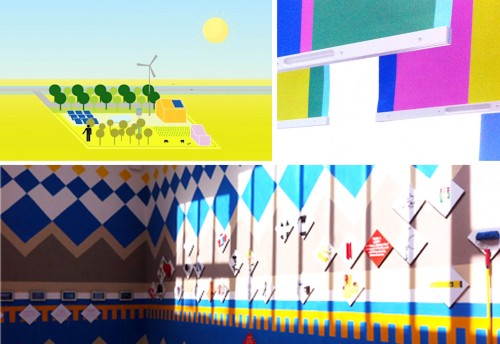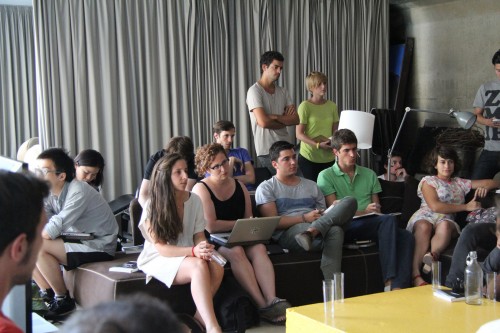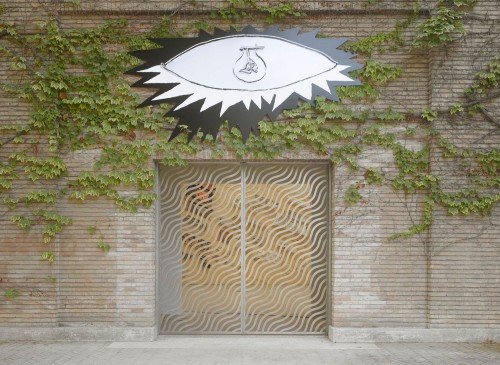Innovacion in architecture so that architecture won’t be its own innovation victim.
If we start from the proposition that innovation is synonymous of improvement or refinement in its most basic sense, there is no better example than the evolution of architecture along the time, when it was conceived to cover the minimum needs.
This is how it shows the change of mentality legacy in current use and enjoyment of what we appreciate as past or old, simple examples are the religious buildings and fortifications that have survived to this day, have not ceased to reinvent until disappearance of, for example, the need for specific defense as a person.
Legacy present with names in the Egyptian pyramids, Acropolis Greek cities Roman fortifications and Romanesque churches, Gothic later …However this change as scheduled, answer those basic needs of life until people end up making architecture, a tool in their way of life, due to the evolved society that is generated in the industrial revolution.
Thus man becomes his own new city center and in vivo legacy enjoy today as an economic and societal. The great city expands itself to accommodate all those who went, and that invested in its best industry. The architecture would be applied to planning your victim committed. Victim of innovation.
Some, like Howard with its garden city or Arturo Soria’s lineal city had longer perspective of the technical and sophisticatedinnovation danger.
They all and knew that in a few decades it’s going to be possible to cover exponential minimum conditions of health and hygiene, and tried to propose models not overcrowding were based solely on production.
Today, many years later, we are at that point, in wich innovation has permitted use technical architecture in the collapse of large cities at the expense of idolatry to production that does not respond to the changing society.
With this innovation we are able to generate high levels of life in a context that begins to fail in all areas, no supporting emotional and / or cultural needs. Crisis at all levels.
Political crisis, financial crisis, enviromental crisis, socila crisis, global crisis.
It is therefore necessary to note that the perceived value to innovation in architectural design is limited and that the margin of tour production is not very big as engine innovation.
Innovation in architecture, as a tool, becomes into an habit that is not filled and which leads to loss identity values and belonging to the expense of production and prompting a consumer mentality that assumes it. The ability to generate new social structures unlike the citizen, and anonymous, in cores first, second or precarious category, but all well resolved.
It is proposed that the bet with the architectural innovation of the moment should be based on the technical means to develop and develop efficiency goals to implement the values of sustainability and energy awareness, but they all applied in a structure which overcomes the production and consumption model entering into a inevitable loop.
That is, beyond the innovation that allows us to develop the best techniques for know from properly apply.
The future is not innovation, but be innovative.
Continue reading »











Recent Comments